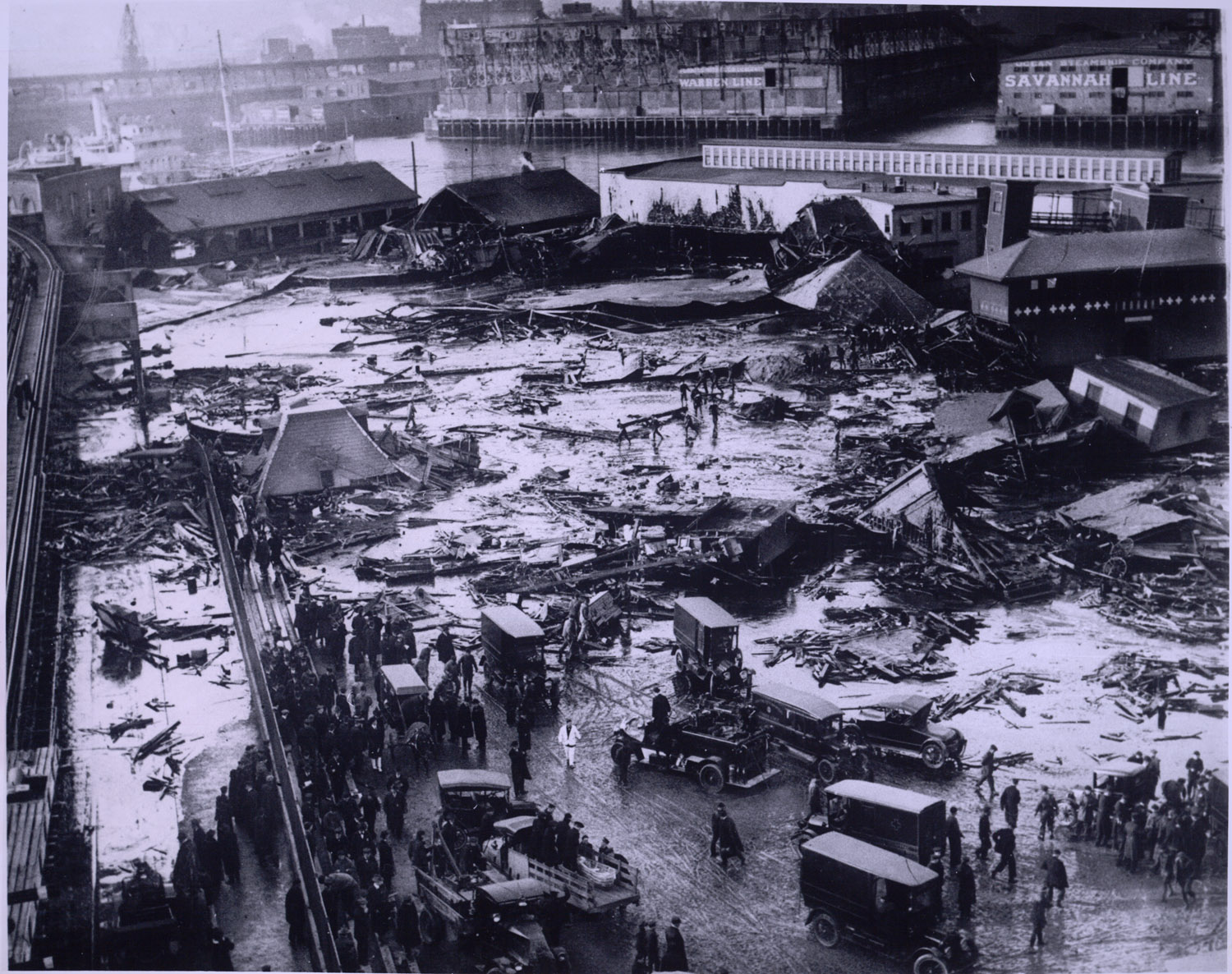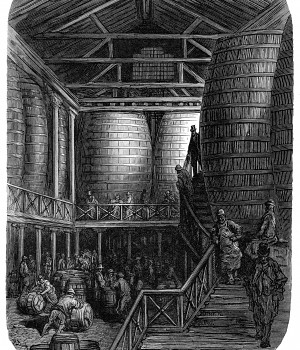The Burma Railway (Burma–Thailand Railway) is completed.
The Burma Railway, also known as the Burma–Thailand Railway or the Death Railway, is a historic railway that stretches between Thailand and Burma (now Myanmar). It is infamous for its construction during World War II under Japanese occupation and for the harsh conditions and high mortality rates among the forced laborers who built it.
Construction during World War II: The railway was built during World War II by the Imperial Japanese Army. The Japanese intended to create a supply route between Burma (occupied by Japan) and Thailand to support their military campaigns in Southeast Asia. Construction began in 1942.
Forced labor: The construction of the Burma Railway is notorious for the use of forced labor, which primarily consisted of Allied prisoners of war (POWs) and Asian civilian laborers. The Japanese captors subjected these laborers to grueling, inhumane conditions, including extreme heat, malnutrition, and brutal treatment.
High mortality rates: The construction of the railway was marked by extreme hardship and suffering. Laborers faced not only physical exhaustion and disease but also abuse from their captors. As a result, an estimated 12,000 Allied POWs and tens of thousands of Asian laborers lost their lives during its construction.
The Death Railway: The Burma Railway earned the nickname “Death Railway” due to the high death toll among the laborers. The harsh conditions, lack of medical care, and inadequate food supplies contributed to the mortality rates.
Bridge over the River Kwai: Perhaps the most famous part of the Burma Railway is the bridge over the River Kwai. This bridge was depicted in the 1957 novel “The Bridge over the River Kwai” by Pierre Boulle and the subsequent 1957 film adaptation. It is a symbol of the railway’s history and the suffering of those who built it.
Completion and later use: The Burma Railway was completed in 1943, but it saw limited use before the end of World War II. After the war, it fell into disuse, and some portions of the railway were abandoned.
Historical significance: The Burma Railway is a grim reminder of the brutality of war and the human cost of forced labor. Efforts have been made to preserve and commemorate the history of the railway, and there are museums and memorials dedicated to the memory of those who suffered and died during its construction.




